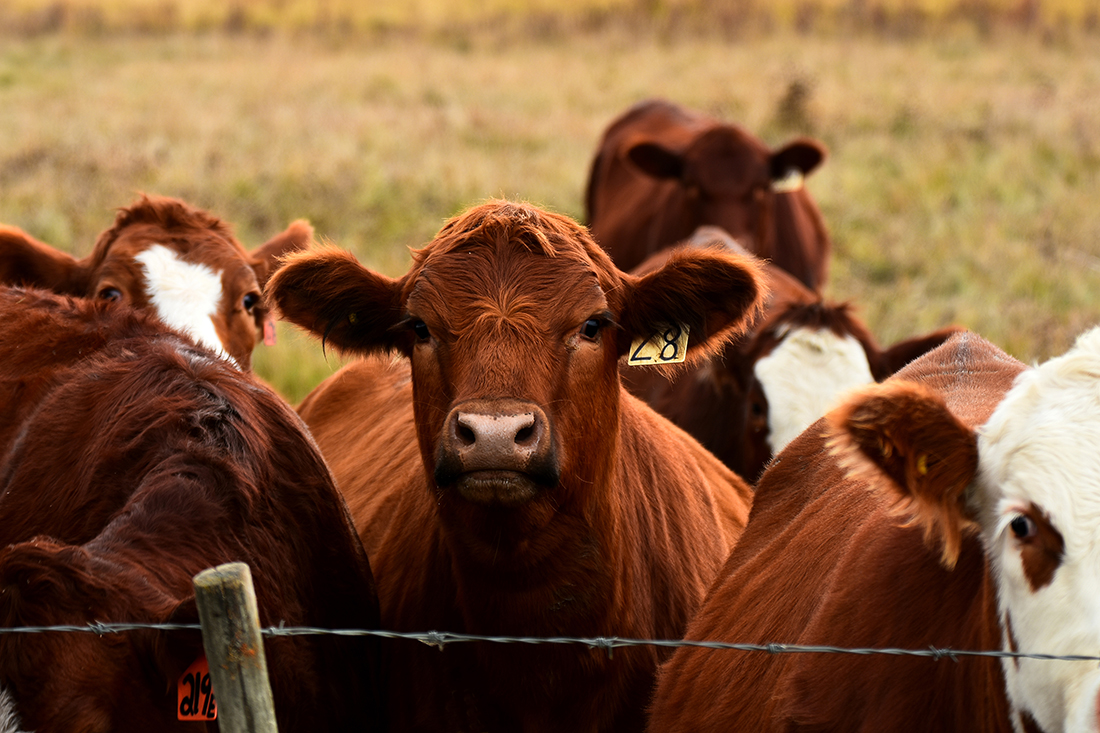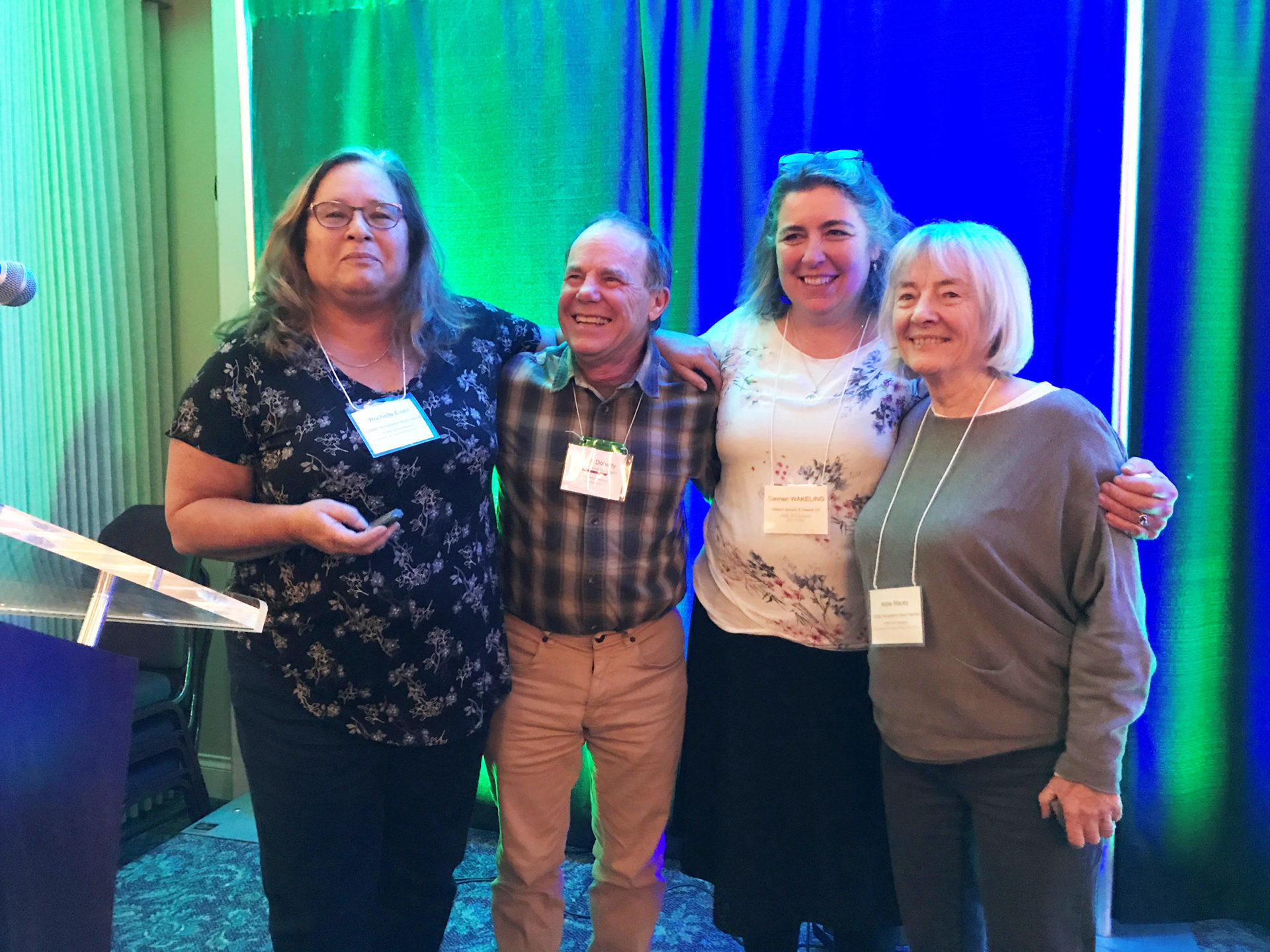VICTORIA – BC SPCA hosted the first Canadian Animal Policy Symposium in Victoria on March 1, bringing together provincial policymakers and scientists from across Canada to share best practices in animal policy development.
Working collaboratively and proactively is key to crafting animal policy.
“The art of collaboration – Canadians do it really well,” summarizes UBC animal welfare professor Dan Weary. “We have a diversity in opinions, but an ability to get together in collegial discussions is a strength.”
BC agriculture minister Lana Popham opened the meeting announcing that livestock codes of practice developed by the National Farm Animal Care Council (NFACC) would be incorporated within animal welfare regulations in BC. An order in council to this effect was signed February 28. The dairy code of practice was incorporated in 2015, but now all livestock are included.
A panel discussed how changing perspectives on animal welfare influences policymaking.
“Animals are often viewed as family members nowadays,” says BC chief veterinary officer Jane Pritchard. “There are societal advancements with different expectations for animal care, and there are more women veterinarians.”
Pritchard spoke about her personal sense of obligation to animals.
“Despite a wide-ranging career, I have always felt a responsibility as a veterinarian to bring animal welfare into the role, whether it was considered part of the position or not,” she says. “We also need to recognize the social value of animals – those that feed us, and our companions. And to consider cultural differences.”
NFACC general manager Jackie Wepruk said animal welfare policies shouldn’t be reactive.
“Moral outrage as a catalyst is not a good way to make policy,” she says. “A trigger event can open the floodgate and be an opportunity for change to happen. None of the codes were developed by moral outrage.”
The council brings together government, industry and the public in developing codes of practice, broadening the level of expertise and perspectives that shape policy. Wepruk describes the process as “diversity leading to better decision making.”
She believes social issues like animal welfare benefit from diverse viewpoints. It is a science-based approach, but the decision-making in the code process is not all science-based. The code process starts with a scientific review with input from the code committee, a report is developed then taken by the code committee to work on a consensus basis to form policy. The code process includes a robust public comment period.
“There is more buy-in with a collaborative, transparent approach,” says Weary.
Pritchard and the agriculture ministry’s senior policy analyst Terri Giacomazzi presented BC’s approach to animal welfare policy, which considers immediate and long-term actions through consultation with stakeholders. Giacomazzi highlighted the 2010 killing of sled dogs in Whistler as a classic example of moral outrage driving policy. The case triggered changes to the province’s Prevention of Cruelty to Animals Act in 2011 and was followed by sled dog standards, set in 2012.
Pritchard spoke of the 2014 sting operation by Mercy for Animals that prompted dairy’s code of practice to be entrenched in provincial regulations in 2015.
“We have done a good job of responding to a crisis,” says Pritchard. “We want to be more preventative.”
Wepruk hopes a collective approach will prevail in shaping animal welfare policy in the future. However, she fears extreme marketing campaigns and the creation of silos as various groups seek the high ground to be “right.”
“Moral outrage has driven some policy in the past, and groups who rely on donations may advertise extreme animal welfare cases to cause change and increase their donations,” she says. “It is often based on heroes and villains, and it is hard to admit when we are wrong. Virtue signalling is through moral outrage, and I would like to see virtue signalling with people admitting they are wrong, being more open-minded, and collaborating for broader viewpoints.”
Most important, speakers feel livestock groups need to be engaged in the process.
“We haven’t created enough opportunities to allow producers to voice their own vision of where they want to go,” says Weary. “Industry needs to come up with a strong, progressive vision of where they want to be. They feel ‘hit over the head.’ They need to be engaged and they need to be leaders.”


